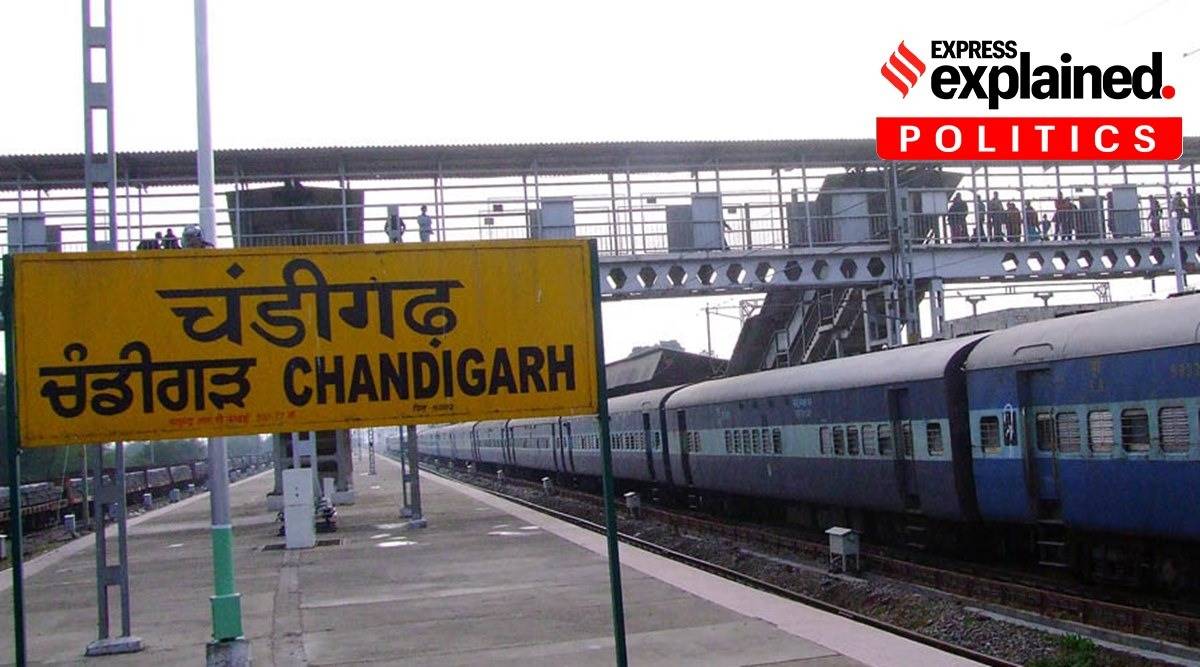Explained: Why Punjab’s claim over Chandigarh is stronger than that of Haryana
At the time of reorganisation of Punjab in 1966, the city assumed the unique distinction of being the capital of both Punjab and Haryana, even as it was declared a union territory and was placed under the direct control of the Centre.
Written by Divya A , Edited by Explained Desk | New Delhi |
Updated: November 22, 2020 4:37:44 pm
 Chandigarh was planned to replace Lahore, the capital of erstwhile Punjab, which became part of Pakistan during the Partition. (Express file photo)
Chandigarh was planned to replace Lahore, the capital of erstwhile Punjab, which became part of Pakistan during the Partition. (Express file photo)
Earlier this month, Haryana Deputy Chief Minister Dushyant Chautala said it would be better if both Haryana and Punjab agreed on Chandigarh as a Union Territory and make their independent capitals and Benches of High Courts. On November 1, Haryana was celebrating 54 years of its formation as a separate state after it was carved out of undivided Punjab in 1966. The statement once again brought into focus the long-simmering dispute between the two states over one of India’s most modern cities. But Punjab has always refuted Haryana’s claims over Chandigarh. We tell you why:
Why was Chandigarh created?
Chandigarh was planned to replace Lahore, the capital of erstwhile Punjab, which became part of Pakistan during the Partition. In March 1948, the Government of (India’s) Punjab, in consultation with the Centre, approved the area of the foothills of the Shivaliks as the site for the new capital. From 1952 to 1966 (till Haryana was carved out of Punjab), Chandigarh remained the capital of Punjab.
How did it become a shared capital?
Advertisement
At the time of reorganisation of Punjab in 1966, the city assumed the unique distinction of being the capital of both Punjab and Haryana, even as it was declared a union territory and was placed under the direct control of the Centre. The properties in Chandigarh were to be divided in 60:40 ratio in favour of Punjab. 📣 Express Explained is now on Telegram
Punjab’s claim
The-then Prime Minister Indira Gandhi had announced that Haryana, in due course, would have its own capital and Chandigarh would go to Punjab. As per documents submitted in the Lok Sabha, the Centre had even issued a formal communication is this regard on January 29, 1970, almost three years after Haryana came into being. “After very carefully weighing the claims of the two states, the capital project area of Chandigarh should, as a whole, go to Punjab,” says the note. Again, in 1985, under the Rajiv-Longowal accord, Chandigarh was to be handed over to Punjab on January 26, 1986, but the Rajiv Gandhi government withdrew at the last minute.
